
Fortune News | May 23,2021
Sep 4 , 2021
By Shewangezaw Seyoum
Public and private organisations are usually busy announcing training bids for their employees. The issue of human resources training and development is becoming increasingly important in Ethiopia and the world over. That is because the knowledge and skills of employees are becoming the essential assets of an organisation. No one is taking them for granted anymore.
The level of knowledge and skills of employees that in turn determine productivity are considered competitive factors. They offer a comparative advantage and are the key area for organisations and nations at large. It is understood as a determining factor of success and prosperity.
Against this fact, it has been widely studied that one of the reasons for the poor growth of the private sector and lack of economic competitiveness in Ethiopia is low labour productivity. This is not in comparison to the likes of Germany or South Korea. Ethiopia's lack of knowledge and skills is still stunted even relative to the likes of Vietnam and Bangladesh, or even Myanmar, Tanzania, and Kenya. The skill deficit is evident from how poorly institutions are run and their lack of competitiveness compared to their counterparts in other countries.
While recognising that there are also many other factors affecting productivity, raising skill levels in Ethiopia’s entire workforce, including the self-employed and informal workers, is critical. New skills are needed for productivity to grow improvement. In this sense, training can help. However, it is not just any training that does the job.
The training and human resource development practice of Ethiopian organisations leaves much to be desired. Often, they have no clear training and development policy or even a responsible and dedicated department to carry it out. Most human resources departments exist to ensure that salaries are paid on time and spend much of their time mediating between bickering employees. Training programmes are conducted without sufficient need analysis, and their impact may not be evaluated.
Proper curriculum development is also lacking. This is best illustrated by the generic training programmes of trainer institutions with duplication between one another. Trainer selection is often arbitrary. This gives rise to less effort being exerted by the trainers to improve themselves from time to time.
Neither is the method of training up to the times. Adherence to traditional training strategies is disconcerting when scientific advances and technological innovation are revolutionising the personal and professional development industry in the rest of the world. It makes getting feedback hard, resulting in one-way traffic in training conduct. The support among colleagues to apply the skills and knowledge to work is not there, and the effort of trainees themselves to transfer knowledge and skills into real work and job situations is minimal.
Little wonder then that these pieces of training do not add much value and their contribution to productivity improvement is doubtful.
The reasons behind these weaknesses are a lack of strategic thinking and focus towards key human resource development parameters such as coaching, career development, performance management and reward mechanisms. Underpinning these is the inadequacy of training and development to the top management, inhibiting leadership and taking the rest of the organisation with them.
Training and human resource developments are too significant to be left to chance to work. Implementing competency-building endeavours, strengthening the human resource department of the organisations, enhancing staff motivation and creating opportunities for advancement are needed. However, it is necessary to identify the opportunities for productivity improvement and successfully implement the agreed-upon changes. Management skills are crucial to this and it must establish a generation of managers who feel confident bringing about continuous productivity improvements.
PUBLISHED ON
Sep 04,2021 [ VOL
22 , NO
1114]


Fortune News | May 23,2021

Commentaries | Mar 26,2022
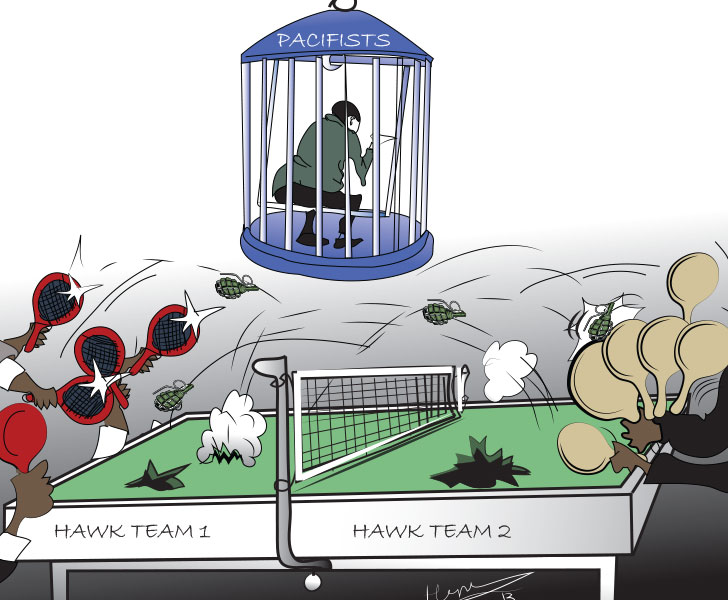
Editorial | Aug 14,2021

Commentaries | Jan 07,2024

Fortune News | May 02,2020
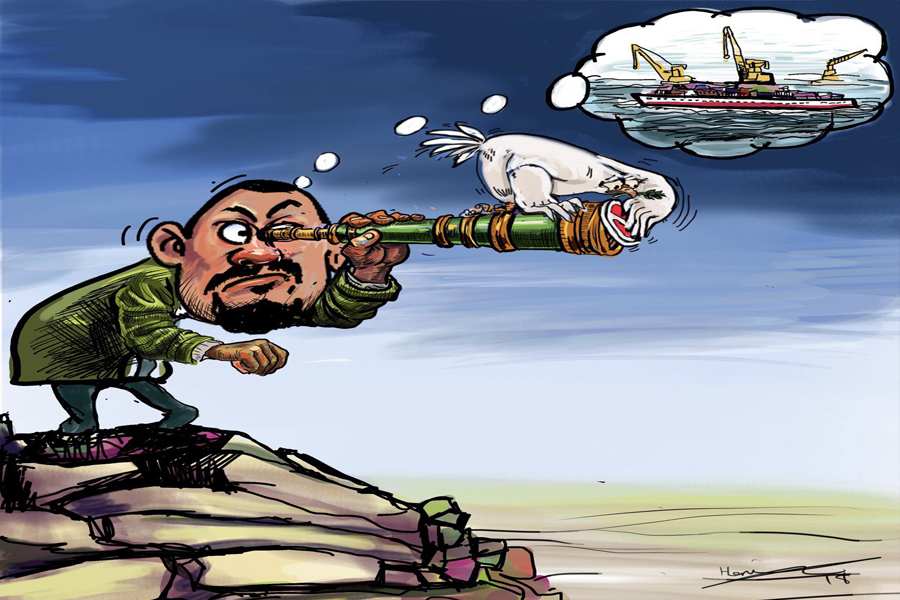
Editorial | Nov 18,2023

My Opinion | Jun 10,2023

Editorial | Sep 24,2022

Commentaries | Dec 29,2018

Radar |

My Opinion | 132105 Views | Aug 14,2021

My Opinion | 128507 Views | Aug 21,2021

My Opinion | 126435 Views | Sep 10,2021

My Opinion | 124046 Views | Aug 07,2021
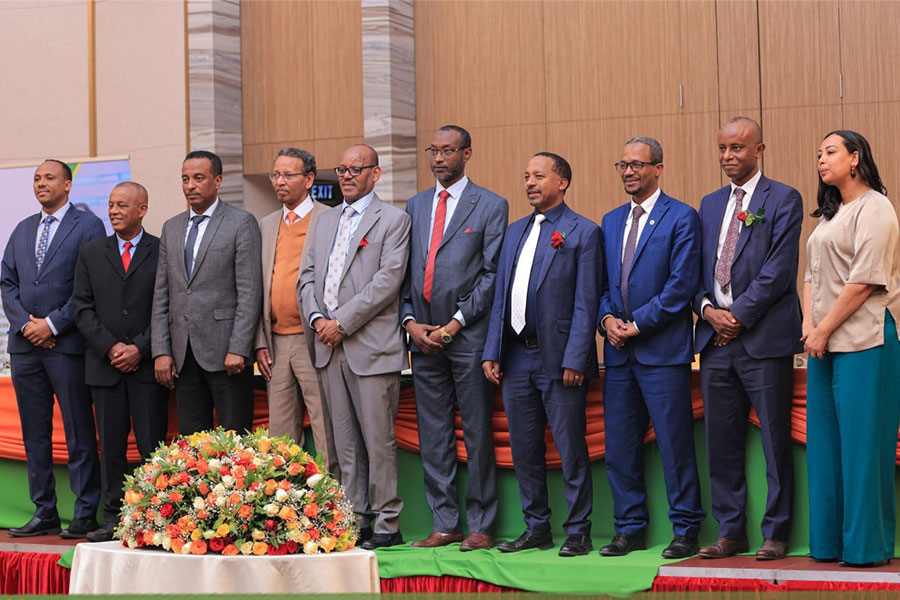

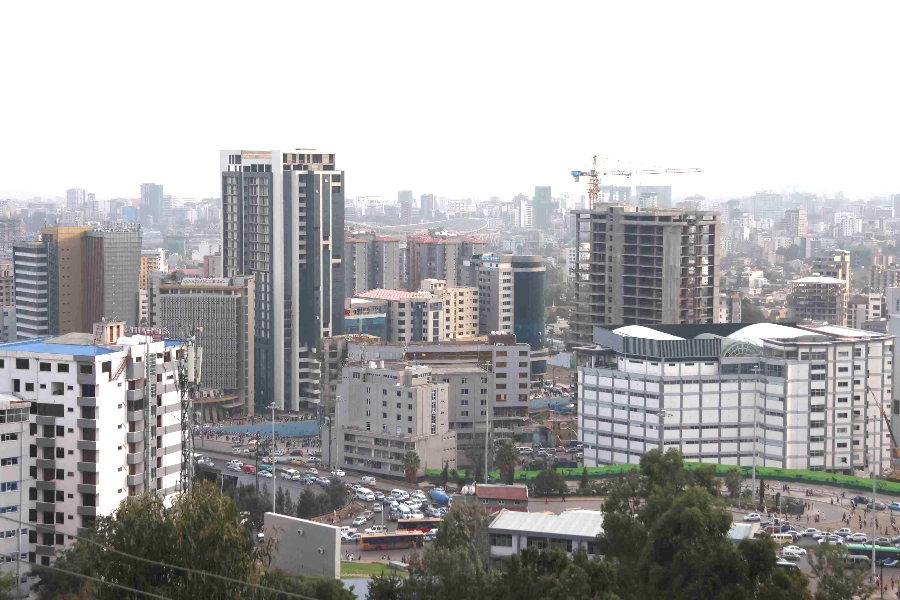


Dec 22 , 2024 . By TIZITA SHEWAFERAW
Charged with transforming colossal state-owned enterprises into modern and competitiv...

Aug 18 , 2024 . By AKSAH ITALO
Although predictable Yonas Zerihun's job in the ride-hailing service is not immune to...

Jul 28 , 2024 . By TIZITA SHEWAFERAW
Unhabitual, perhaps too many, Samuel Gebreyohannes, 38, used to occasionally enjoy a couple of beers at breakfast. However, he recently swit...

Jul 13 , 2024 . By AKSAH ITALO
Investors who rely on tractors, trucks, and field vehicles for commuting, transporting commodities, and f...

Jul 12 , 2025
Political leaders and their policy advisors often promise great leaps forward, yet th...

Jul 5 , 2025
Six years ago, Ethiopia was the darling of international liberal commentators. A year...

Jun 28 , 2025
Meseret Damtie, the assertive auditor general, has never been shy about naming names...

Jun 21 , 2025
A well-worn adage says, “Budget is not destiny, but it is direction.” Examining t...

Jul 13 , 2025 . By YITBAREK GETACHEW
The Addis Abeba City Revenue Bureau has introduced a new directive set to reshape how...

Jul 13 , 2025 . By BEZAWIT HULUAGER
Addis Abeba has approved a record 350 billion Br budget for the 2025/26 fiscal year,...

Jul 13 , 2025 . By RUTH BERHANU
The Addis Abeba Revenue Bureau has scrapped a value-added tax (VAT) on unprocessed ve...
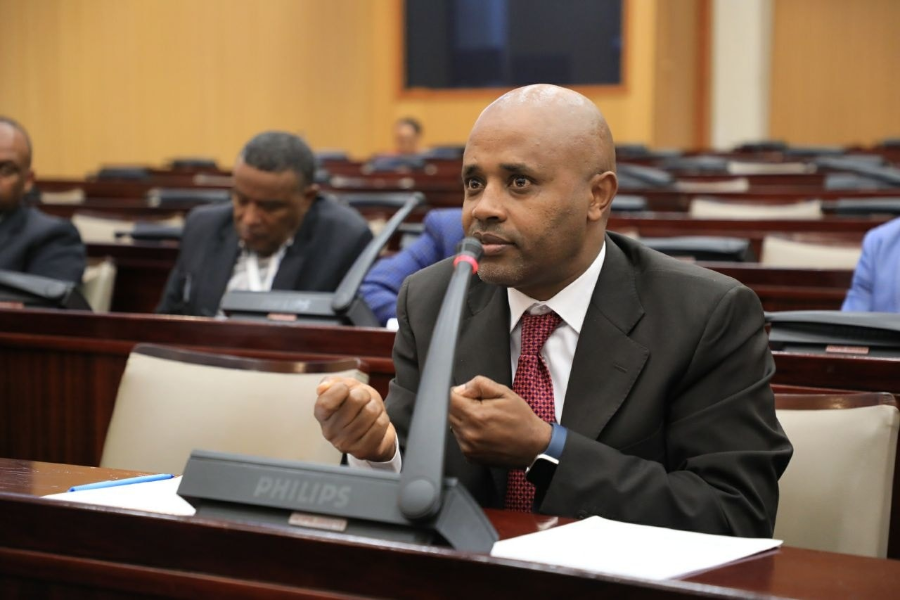
Jul 13 , 2025 . By NAHOM AYELE
Federal lawmakers have finally brought closure to a protracted and contentious tax de...